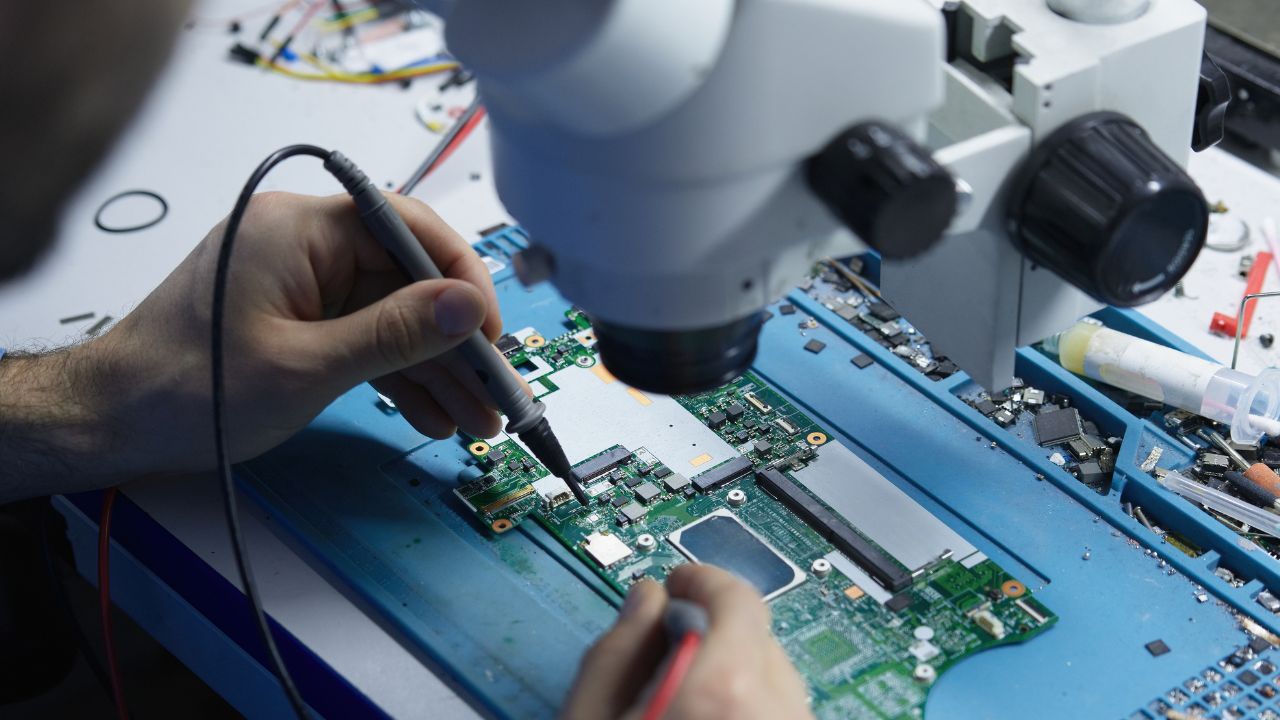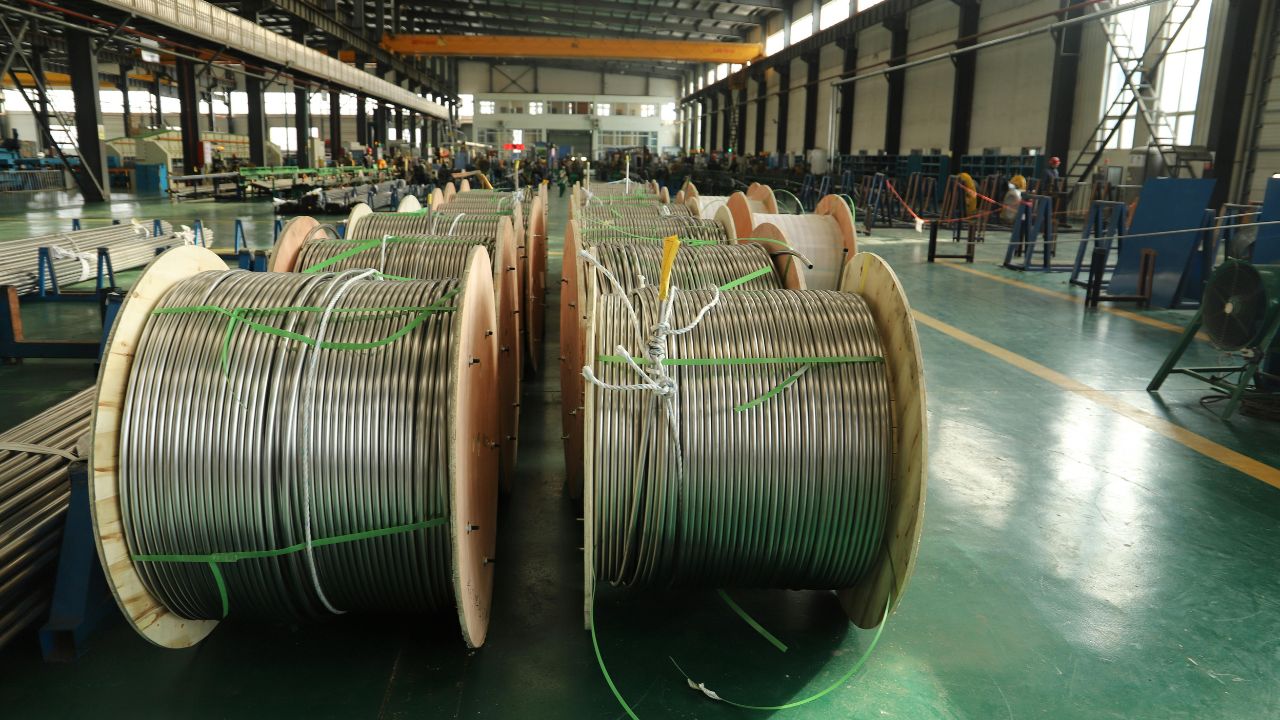Liability is the only thing that determines who will suffer the legal or financial loss in case of a car accident. In places such as Buffalo, where statistics show that 16.5% of drivers have an accident on their record, understanding how liability works is critical for every driver who was involved in the accident.
Consulting a car accident lawyer in Buffalo is essential, as they guarantee that you get the compensation you deserve. William Mattar Law Offices are among the most trustworthy law firms in Buffalo. The firm has over 3 decades of experience in handling negligence cases and has won more than half a billion in compensation for their clients. In addition to car accidents, William Mattar Law Offices also deals with wrongful death cases, pedestrian accidents, bicycle accidents, and more.
In this article, we will discuss everything you need to know about liability in car accidents.
What is Liability?
Liability in car accidents determines who must pay for the injuries, property damage, and other losses incurred. Liability is tied to negligence, which refers to the failure to exercise reasonable care when driving.
For instance, a driver who runs a red light or speeds at an intersection and causes an accident is typically considered negligent and therefore liable for the damages. However, liability can also depend on some specific circumstances, such as state laws and the role of multiple parties in the accident.
How is Liability Determined?
Determining liability involves several factors. These include:
Collecting Evidence
Examples of key evidence in an accident are:
- Police report with an official account of the accident
- Photographs of the scene
- Damage to the vehicle and other property
- Injuries sustained by victims or each party
Eyewitness statements also offer important details of what happened in the accident.
Traffic Laws and Violations
Violations of traffic laws, like running red lights or speeding, are often used to show who is at fault. If a driver breaks a law that causes an accident, they are likely to be considered liable.
Particular State Laws
As mentioned, liability is influenced by the laws a state follows. For example, did the accident happen in a fault or no-fault state? In fault states, the at-fault driver’s insurance will pay for damages.
In no-fault states, drivers rely on their insurance for compensation regardless of who is responsible for the accident. However, liability may still be used in cases of severe injuries.
Accident Reconstruction
In complex cases, accident reconstruction experts analyze the scene, position of the vehicle, and other data to determine fault. For instance, things like skid marks can provide more information than what the average person may think. Expert input can be very crucial, especially when the cause of the accident is disputed.
The Challenges in Proving Liability
Proving liability after an accident can be a complicated process. Some of the challenges people face are:
Getting Conflicting Accounts of the Accident
Drivers may have different versions of what happened, making it difficult to establish fault. Without clear evidence, determining liability can become a contentious issue.
Lack of Enough Evidence
In some cases, there might be very little evidence, like traffic surveillance footage, to support the claim. This lack of documentation can weaken the case and leave the issue of liability unresolved.
Disputes with Insurance Companies
Insurance companies may try to minimize their payouts by disputing fault or undervaluing the damages. They often use tactics that can make it harder for victims to get fair compensation.
Shared Fault
When multiple parties share responsibility for the accident, determining each driver’s level of fault can be complex. This is mostly seen in states that follow comparative negligence laws, where the compensation you are entitled to is affected by the degree or percentage of fault.
Conclusion
Understanding liability in car accidents is essential for protecting your rights and getting fair compensation. If you are involved in an accident, document the scene by taking photographs, which will help in your claim.
Also, consult a lawyer, as they understand how to navigate the complexities around determining liability while protecting your best interests.








